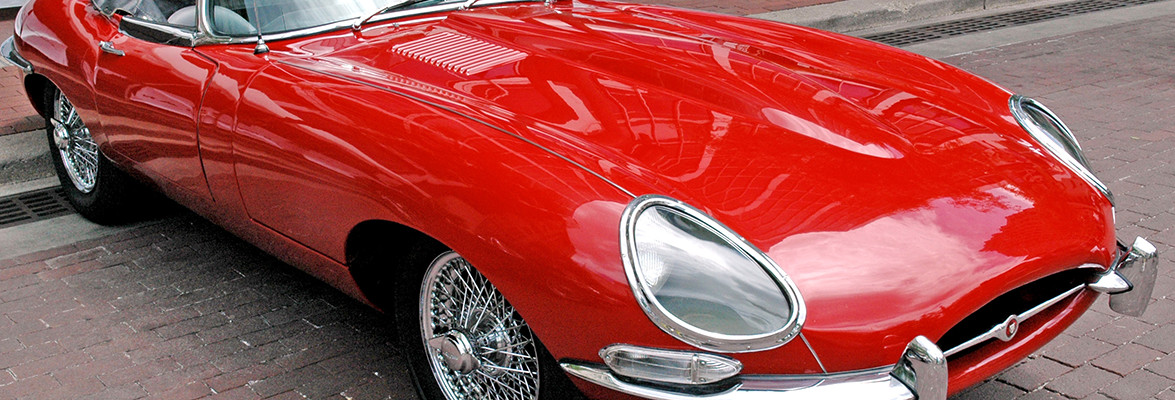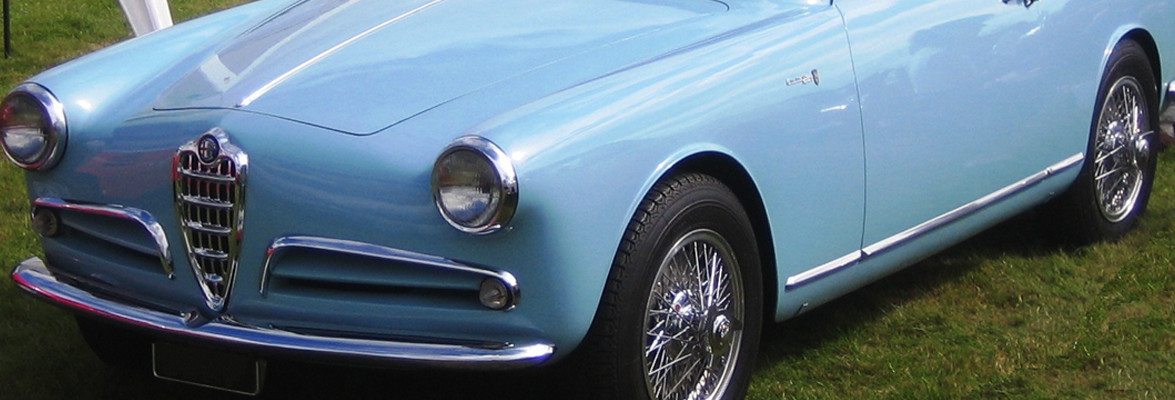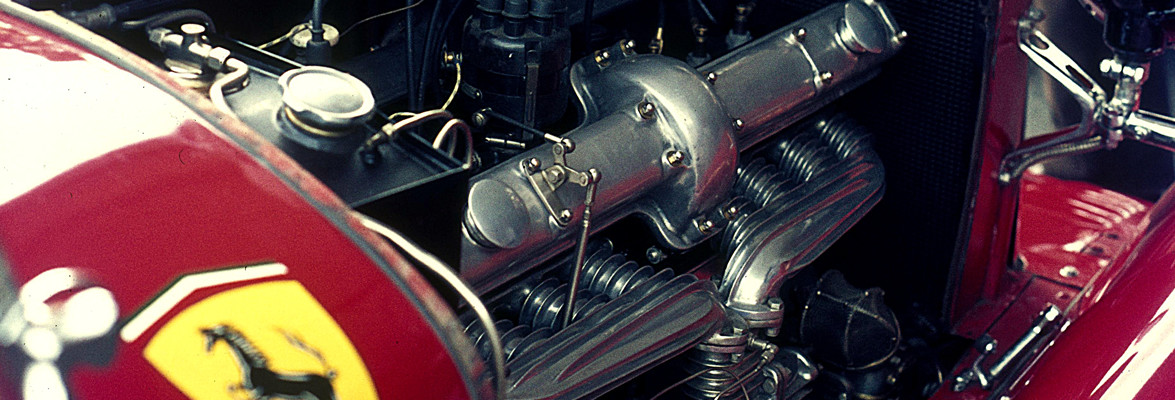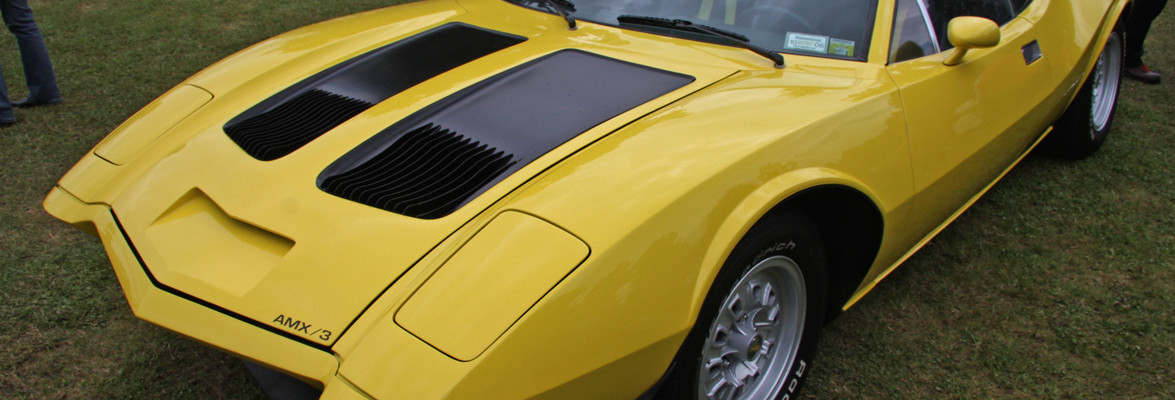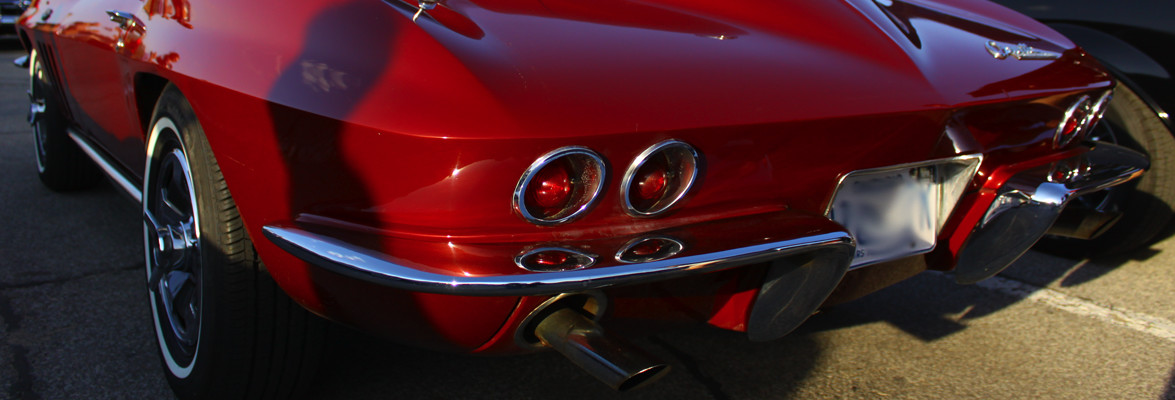UPGRADE & PERFORMANCE
Upgrading earlier components to function as well as we expect today’s components to function, such as converting an older clock to a quartz movement that is accurate and reliable, without compromising the originality and appearance of the vehicle is both challenging and rewarding. Many early vehicles, such as the Jaguar XK120, did not leave the factory with a fuel filter, as simple and obvious an item today as you can find. Fitting a fuel filter to any such car improves reliability considerably, but doing so without compromising the originality can be a challenge, one that we have solved a number of times. (See Jaguar Journal Nov/Dec 2015)
One of the best upgrades available to British car owners is to replace the old mechanical points switching in the early Lucas diaphragm fuel pumps with an electronic (Hall Effect) trigger that does not wear out. It is a simple job with the pump out and usually includes replacing the diaphragm as well, so that the pump should prove reliable for some time to come, as long as the pump is protected by a good fuel filter.
Upgrades to suspension beyond factory are most affordable when done during the process of a standard rebuild to a good suspension that is just old and tired. The best place to start is with better wheels and tires, but originality does not always allow that option. Sometimes a second set of wheels is the best option, one for driving, one for concourse. Such components as improved shock absorbers, springs or torsion bars and sway bars can often be installed during a standard rebuild with the increased cost of the upgraded parts as the only additional cost.
The same is true of brakes, that upgrades are most affordable during standard maintenance. Upgrades in most cases are limited to improvement in pad material and improved rotor design and size, but upgrades in calipers can also make considerable difference.
Performance upgrades to the engine are not simply a matter of making more horsepower: as a well-respected local engine builder once said, “Anybody can make horsepower”. A classic original, that makes excessive power or makes that power at an unusably high RPM can quickly become a chore to drive, certainly isn’t original and usually isn’t enjoyable. Increasing power needs to come from first improving the combustion processes of older engines by introducing minor design changes in such things as pistons, which will produce the more efficient and complete burning that we see in today’s engines. Performance improvements in an older vehicle must maintain the original personality of the engine, and should feel only like the best tune up it’s ever had.
The shop has designed and produced pistons which improve combustion turbulence and efficiency as the primary means of improving performance, rather than going to excessive compression ratios. These are available for the Jaguar XK 6-cylinder in 3.4, 3.8 and 4.2 liter displacements and for the early V12 with the “flat heads” in 5.3 and 6.8 liter displacements. The same designs will be available for Alfa Romeo soon, and can be produced for other engines as well.
Additional improvements in efficiency are achieved through extrude honing the intake passages so that, with no other changes, original castings will move far more air and improve cylinder filling significantly. To the same end, changes to camshaft timing focus on improvement in cylinder filling rather than RPM range. Results have been determined through dynamometer tuning. With no other changes than the improved piston design and extrude honing, the 3.4-liter Jaguar 6-cylinder made 218 hp, a 38 hp increase from factory, and produced an exhaust stream as clean as an engine 20-25 years newer. (See Jaguar Journal July/August 2007)
Engine performance can also be augmented by an upgrade to the transmission, replacing an early four speed with a five or six speed gearbox, improving the shifting of an early automatic or upgrading to a later transmission. Sometimes originality is paramount, sometimes it is not, but in either case we strive that the vehicle should be enjoyable to drive, whether from London to Brighton or around a race track.
